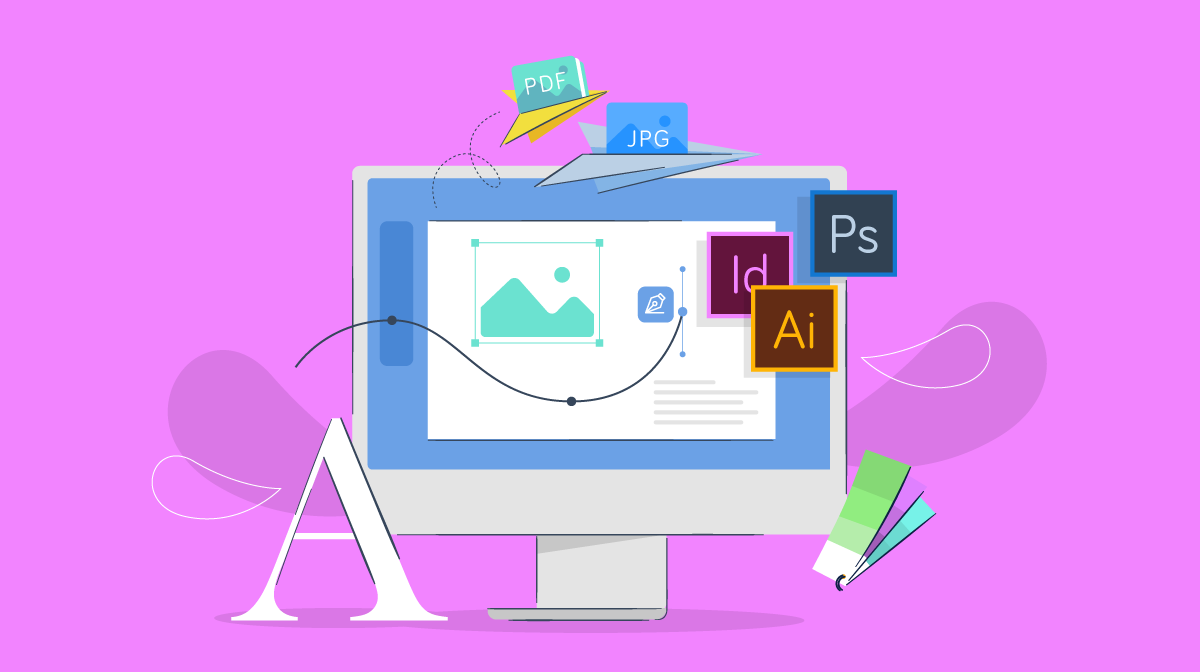
GRAPHIC DESIGN
Graphic design is a profession and academic discipline that involves creating visual communication designs to convey specific messages to target audiences. It encompasses a wide range of mediums, including print, digital, and multimedia. Graphic designers use various elements such as typography, imagery, color, and layout to visually communicate ideas, information, and emotions.
The goal of graphic design is to effectively communicate a message, whether it's to inform, persuade, entertain, or inspire. Designers work with clients or organizations to understand their objectives, target audience, and desired outcomes. They then use their creative skills and technical knowledge to develop visual solutions that meet these requirements.
Graphic designers utilize various tools and software to create their designs. They may work on projects such as branding and logo design, advertising materials, packaging, website interfaces, user interfaces, social media graphics, and much more. They often collaborate with other professionals, such as marketers, writers, photographers, and web developers, to ensure a cohesive and effective end product.
"Design can be art. Design can be aesthetics. Design is so simple, that's why it is so complicated."
-- Paul Rand, graphic designer
GRAPHIC TOOLS USED
Tools such as Adobe Photoshop, GIMP, and Affinity Photo are used for editing and manipulating images. Designers can enhance photos, adjust colors, remove backgrounds, and apply various effects using these software programs.
In certain design projects, 3D modeling and rendering software such as Blender, Autodesk 3ds Max, and Cinema 4D are used to create three-dimensional graphics, product visualizations, and animations.

Tools like Slack, Trello, and Asana facilitate communication, file sharing, and project management among team members working on graphic design projects.


